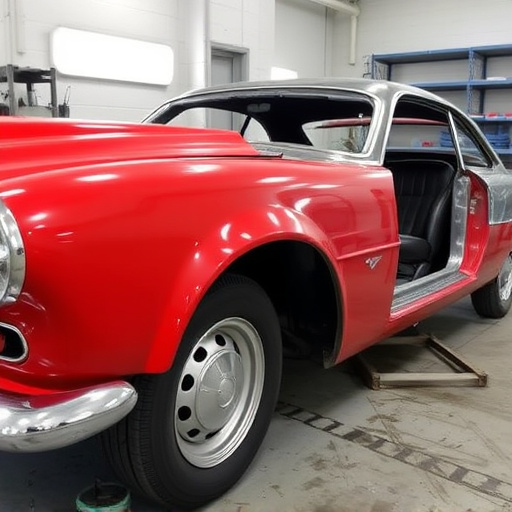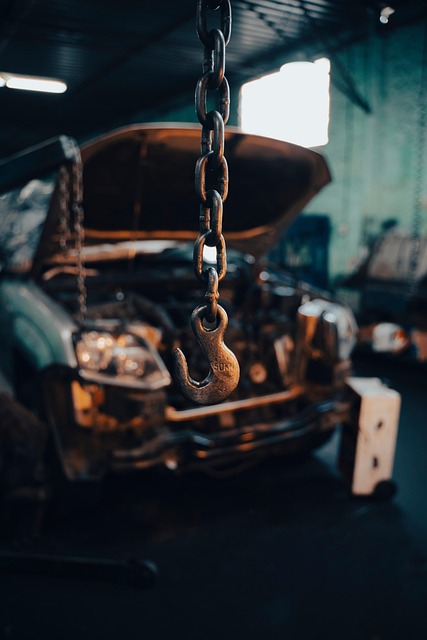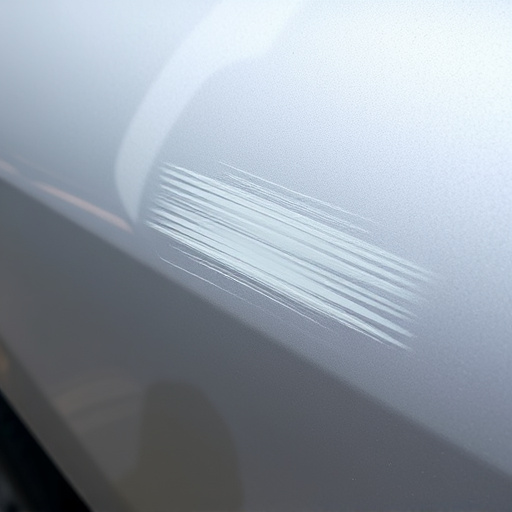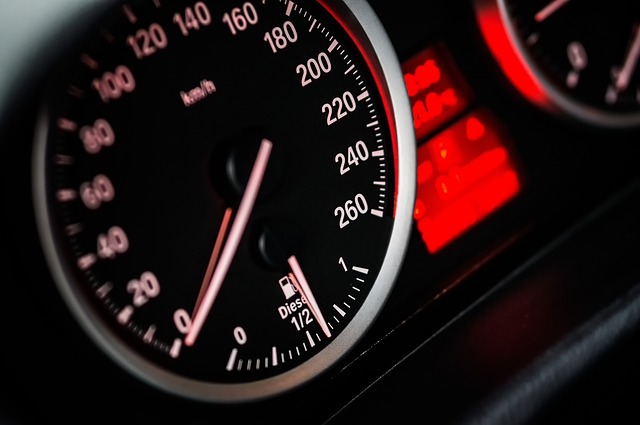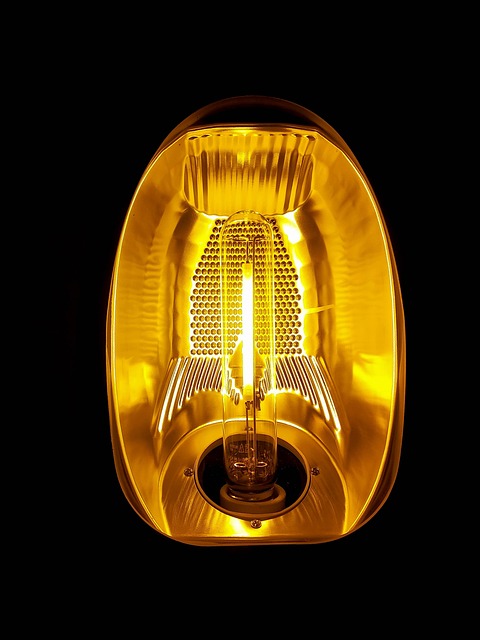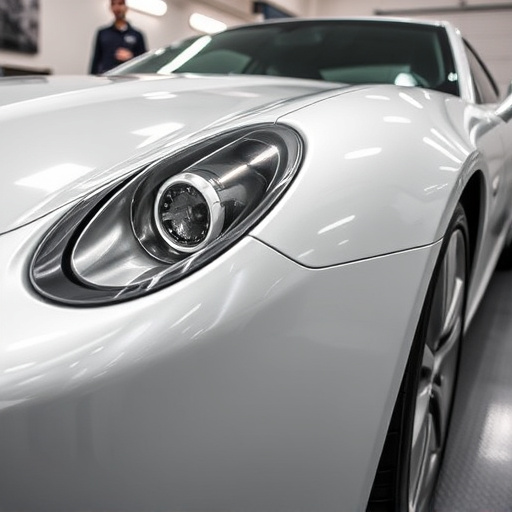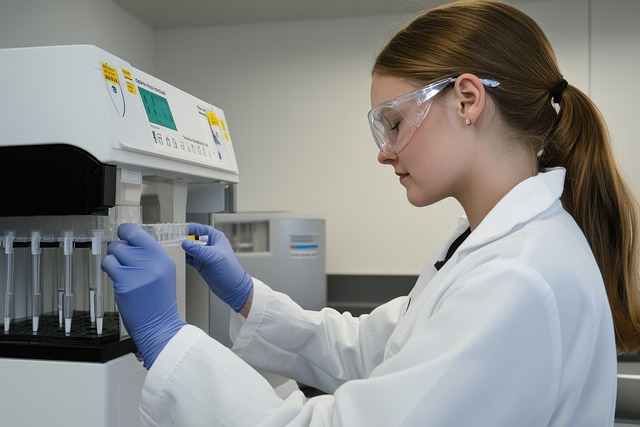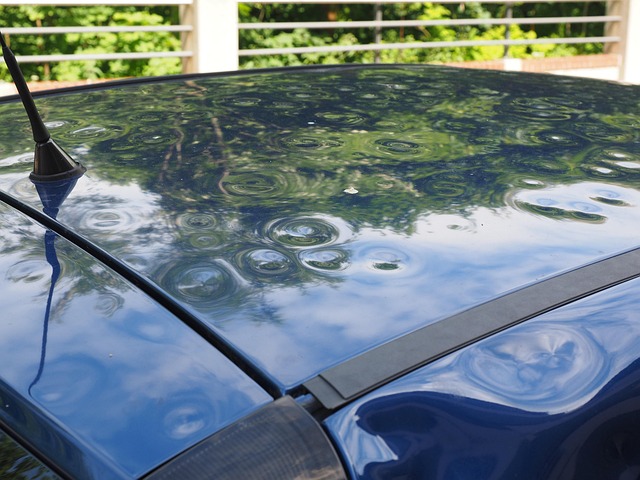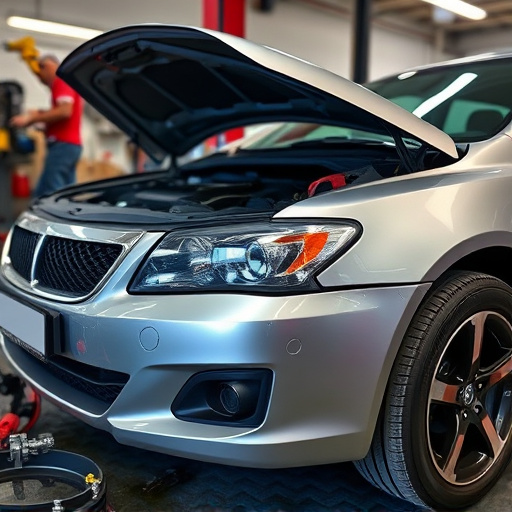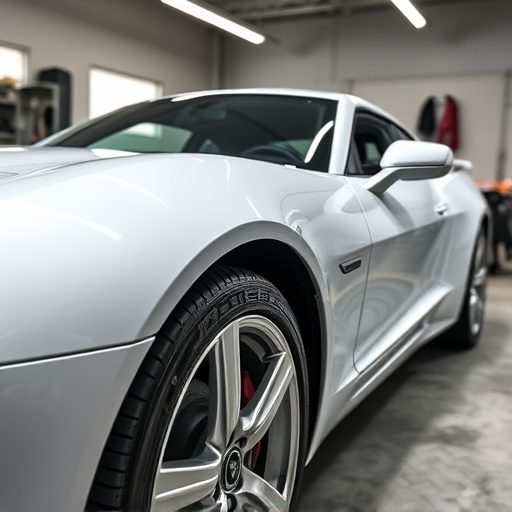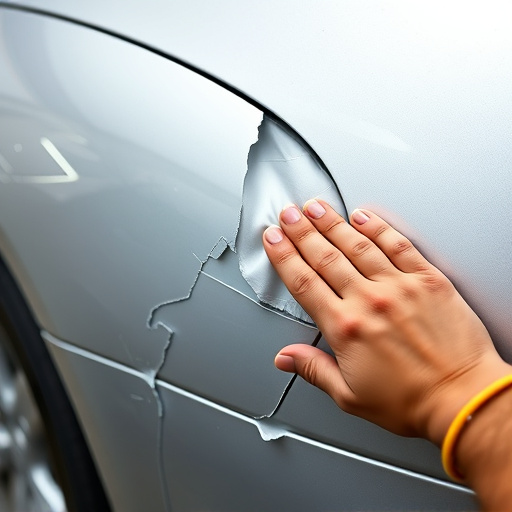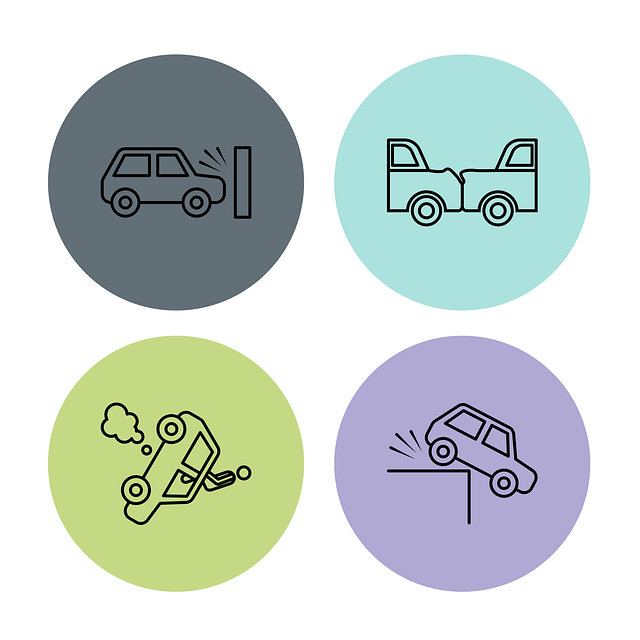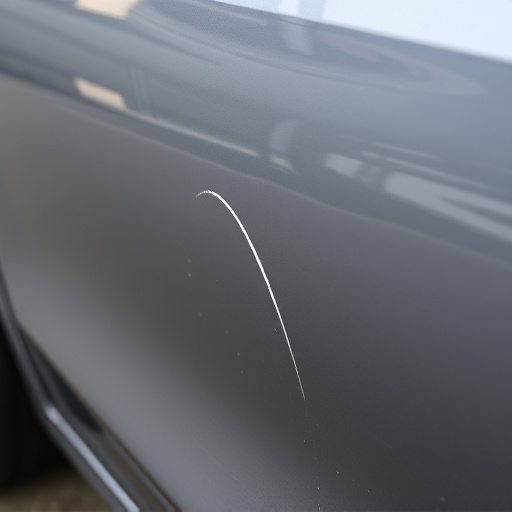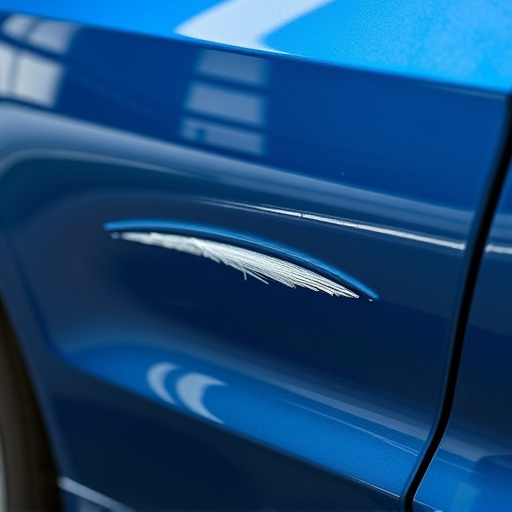Laser-guided alignment technology revolutionizes automotive repair with unmatched precision in frame alignment, ensuring structural integrity and aesthetic appeal for Mercedes-Benz and other vehicles. Precision frame alignment is crucial for construction and repair, eliminating errors, enhancing efficiency, reducing costs, and optimizing urban projects. Best practices include regular calibration, high-quality equipment, and clear workspaces, delivering superior quality in body work like fender repairs.
Precision frame alignment is a game-changer in construction, ensuring structural integrity and seamless assembly. This article delves into the world of laser-guided systems, exploring how they deliver unparalleled accuracy in aligning frames. We’ll uncover the technology behind these innovative tools, highlight their immense benefits for construction projects, and provide best practices for effective implementation. Prepare to revolutionize your building processes!
- Understanding Laser-Guided Alignment Technology
- Benefits of Precision Frame Alignment in Construction
- Best Practices for Implementing Laser Guidance Systems
Understanding Laser-Guided Alignment Technology
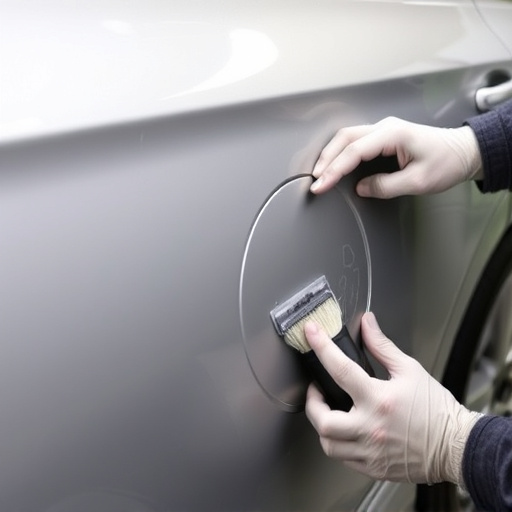
Laser-guided alignment technology has revolutionized precision frame alignment, setting a new standard in the automotive industry. This innovative system utilizes precise laser beams to measure and adjust the positioning of vehicle frames with unparalleled accuracy. By projecting invisible laser lines onto critical reference points, technicians can ensure every component is aligned perfectly, resulting in superior structural integrity and aesthetic appeal.
In the realm of mercedes benz repair and car paint repair, this technology plays a pivotal role in body shop services. It allows for meticulous adjustments to the frame, ensuring that repairs are not just visually pleasing but also safe and reliable. By minimizing human error and maximizing precision, laser-guided alignment offers a game-changer solution for achieving flawless outcomes in both complex and routine car body repairs, be it for luxury brands like Mercedes-Benz or any other vehicle make.
Benefits of Precision Frame Alignment in Construction

Precision frame alignment plays a pivotal role in the construction industry, offering numerous advantages that significantly impact project outcomes and quality control. By ensuring each component is perfectly aligned, laser-guided systems eliminate potential errors during framing, leading to stronger, more durable structures. This precision is particularly crucial in complex architectural designs or when integrating specialized materials, as even the slightest misalignment can compromise structural integrity.
Moreover, precise frame alignment streamlines construction processes and reduces costs associated with rework. In collision repair, scratch repair, or fender repair scenarios, accurate alignment minimizes the need for extensive corrections, saving time and resources. This is especially beneficial in urban settings where space is limited, efficient work flows are essential, and meeting tight deadlines is paramount for project success.
Best Practices for Implementing Laser Guidance Systems
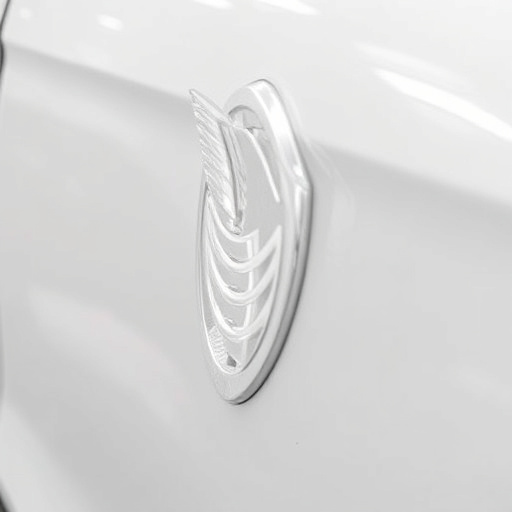
When implementing laser guidance systems for precision frame alignment, best practices include ensuring proper calibration and regular maintenance to guarantee accurate results. It’s crucial to use high-quality equipment and follow manufacturer guidelines rigorously. The setup process demands a clear workspace free from obstructions, with the vehicle securely fastened for stability during operations.
For automotive body work like fender repair or collision repair services, laser guidance systems enhance efficiency and accuracy. They allow technicians to achieve precise measurements, minimizing errors that can occur with manual methods. By adopting these best practices, repair shops can leverage the technology’s advantages, delivering superior quality in every frame alignment task.
Laser-guided systems have revolutionized precision frame alignment in construction, offering unparalleled accuracy and efficiency. By understanding the technology, leveraging its benefits, and adhering to best practices, professionals can ensure projects are completed with exacting detail and on time. Precision frame alignment is no longer a challenge but an achievable standard, setting new benchmarks for quality and craftsmanship.
